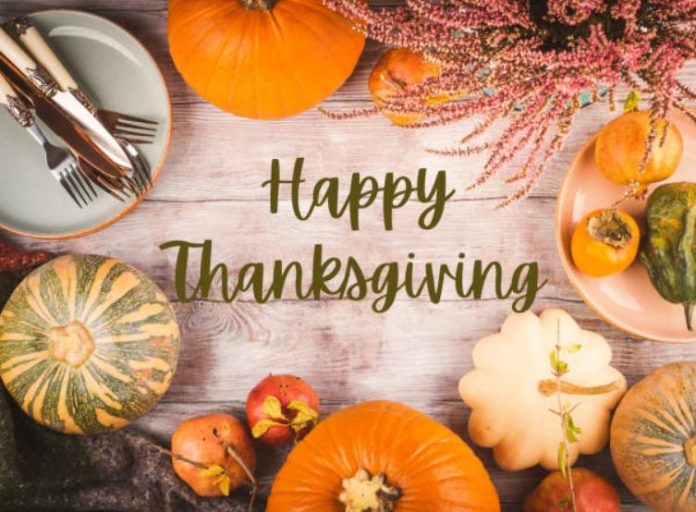While taking a trip down memory lane, the imprints of Thanksgiving Day leave a trail of myths, traditions and, finally, have taken the shape of the modern context. History takes us back to the 17th century.
The initiation of the Thanksgiving Day celebration was sometime in this century. Certain myths have become associated with the day, and these cannot seem to be completely released.
They, too, are very much an integral part of this gala celebration. Above all, Thanksgiving is closely linked with the harvest festival, and this was something very ancient in the culture of European history.
The tale that’s the most popular
Most of us are familiar with the Plymouth pilgrim’s tale of 1621. Sometime in between the last week of September and the second week of November, the pilgrims celebrated their prosperous yield in the new land and, they even included the Native Americans in the festivity.
There was a fabulous feast and those who joined in this harvest festival dined on deer, fowl, fish and plums. The celebration continued for three days and included a tribute to God for showering kindness and virtues on the people. Thanksgiving Day was an event to cherish, with new hope, as well as a time to rejoice on the fulfillment of a wish.
1789, a turning point in the Thanksgiving Day
A different trend came up in the celebration of Thanksgiving Day after the grand feast. According to the Sporadic Thanksgiving, the celebration was to be held at a particular event or something that had happened and needed to end with homage.
With the successful venture of human beings crossing the barriers of natural calamities, people found it to be very important to pay thanks to God in their happy survival. So, Thanksgiving was held after a flood or a drought or as a food or harvest festival.
During the term of George Washington in 1789, it was, for the first time, that November 26 was declared as the first national day of celebrating this event.
Here the President of the United States juxtaposed both the traditional flavor and the modern outlook as a cause to celebrate this day in the name of Thanksgiving.
First of all, this particular day is a prime time of the harvest season. Prayers and thanks can be earnestly wished to God, along with feasts and parties.
In the modern scenario, this is the time when the new nation and the constitution were formed. Therefore, the double purpose could be celebrated with a single occasion.
The way we celebrate it today
Even the date of November 26 could not seem to get firmly fixed as Thanksgiving Day. During the times of President Lincoln, Thanksgiving Day began to be celebrated on the fourth Thursday of November.
This remained a fixed date until 1939. For seventy-five years, Thanksgiving Day prepared the pre-Christmas mood.
But in 1939, a bigger change happened due to circumstantial reasons and, coincidentally, that met with the traditional time and month. The fourth Thursday was transformed into the third Thursday, and President Roosevelts confirmation of this particular time to celebrate Thanksgiving Day is cherished even today.
The turkey feast is pretty organized today, but recipes have undergone a sea of change. Definitely, the mode and mood of celebrating have a different implication all together – to look upon this traditional festival in a modern way.

